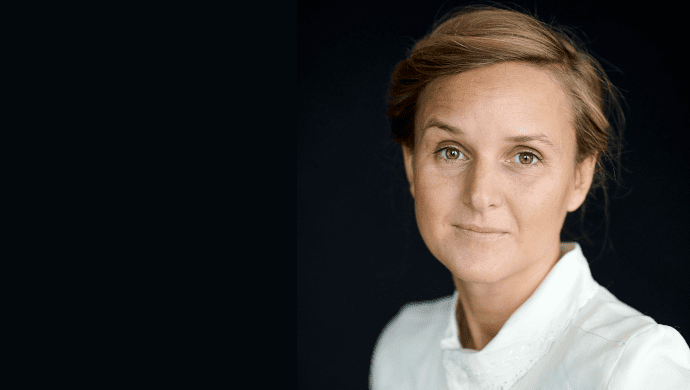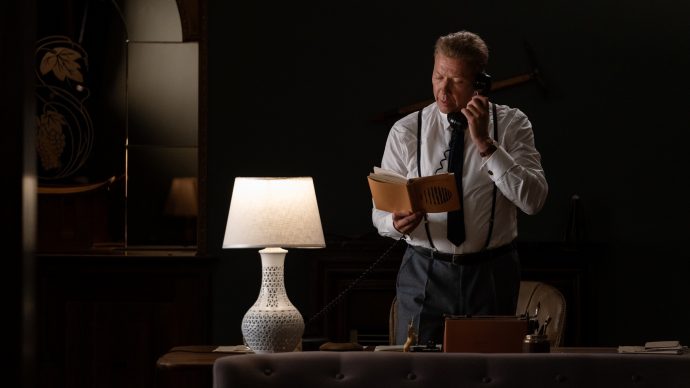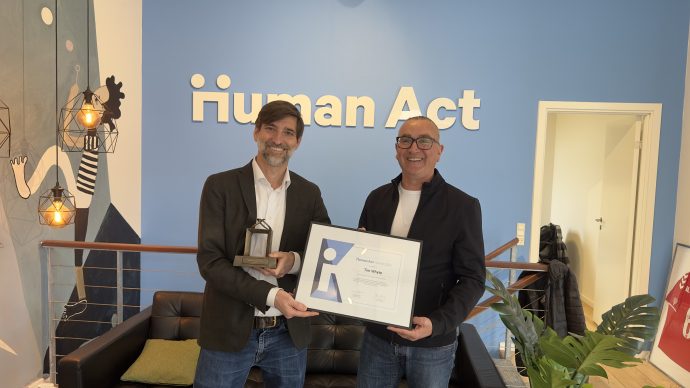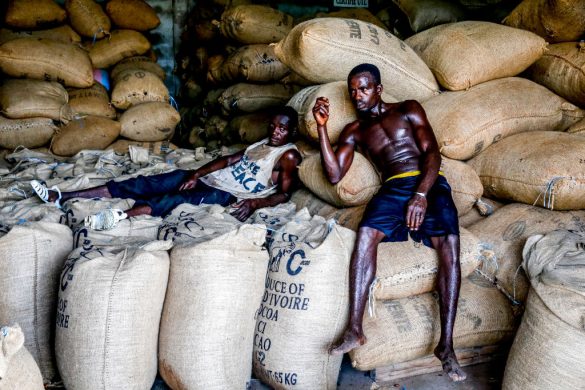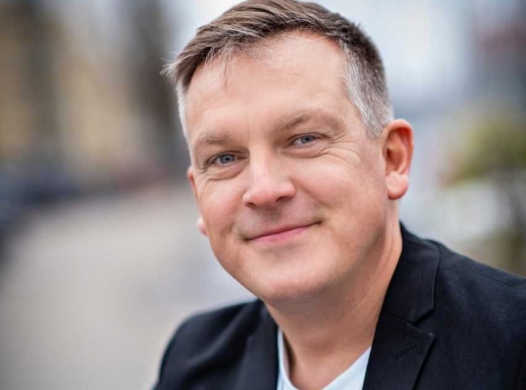12. maj 2016 – In April, a renewable energy auction in the United Arab Emirates produced an astonishingly low price. At 2.99 cents per kilowatt-hour, solar power suddenly costs half as much as it did a year ago. It has thus practically reached the level experts hoped for 2030.
Nonetheless, market onlookers like Bloomberg’s Chase are increasingly skeptical because system prices have not been cut in half over the past year.
“Soft costs” – permits, labor costs, grid connection requirements, and other red tape – have traditionally made solar more expensive in the US than in Germany; certainly, soft costs will be very low in Dubai. Energy analyst Toby Couture of E3 Analytics, who specializes in the MENA region, points out a number of things that are likely to make the low price hard to copy elsewhere.
First, the bid came from a consortium led by Masdar, essentially a company owned by the UAE. Couture says it is likely that Masdar felt it needed to win the bid politically in order to gain a firmer footing in its home market. Couture adds that the arrangement “is effectively more of a PPP” (public-private partnership), than a traditional, privately financed IPP (independent power project).
The price itself is probably also artificially low due to a host of factors:
- Low land prices (possibly free);
- Very good loan terms (including low interest rates and quite likely a long loan tenor);
- An indexed price (i.e. escalating over time);
- Very low taxes in the UAE; and
- Low-cost labor.
The first, fourth and fifth items cannot be replicated everywhere. The second is crucial because solar power has no fuel cost and negligible operating costs, so almost all of the expenses are incurred on day one. Moritz Borgman of Apricum, another expert on solar in the MENA region, put it quite well: “One can suspect that Masdar had access to long-term financing through the wealthy emirate of Abu Dhabi that no commercial banks, the primary source of capital for the other bidders, could match in cost.”
Finally, three cents is almost certainly just the initial price; it is probably pegged, for example, to the dollar in order to protect against significant currency devaluation. Another likely option is inflation adjustment or some other form of contract price escalation. In each case, the price would merely start at three cents – no one can say reliably where it would end up, however.
What we can say is that the record-low three-cent solar news is not an indication that auctions produce low prices. The projects that reached these low levels are in excellent locations and benefit from extraordinarily generous development and financing conditions. Moreover, it remains uncertain whether the project will even be built at these prices, as bidders frequently underbid in order to win contracts, as pointed out in a recent IRENA report on auctions.
So solar at three cents is an exception. But clearly, it continues to get cheaper faster than experts expect.





